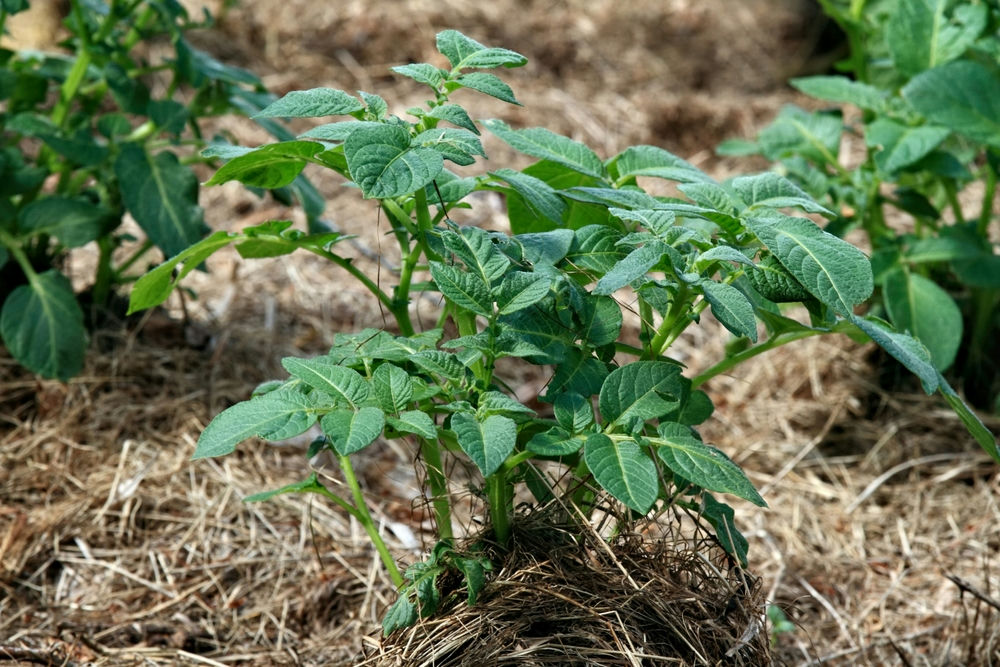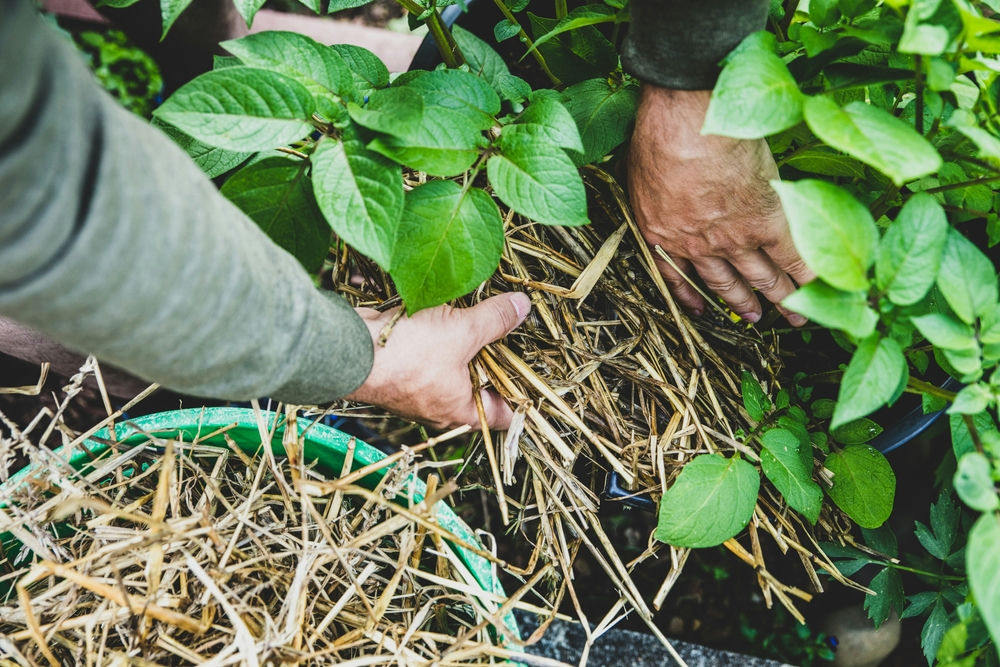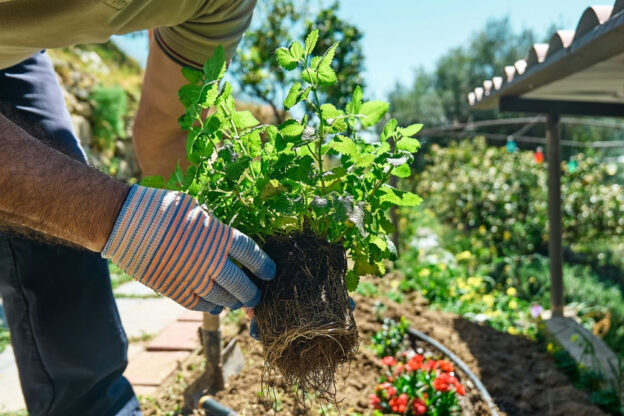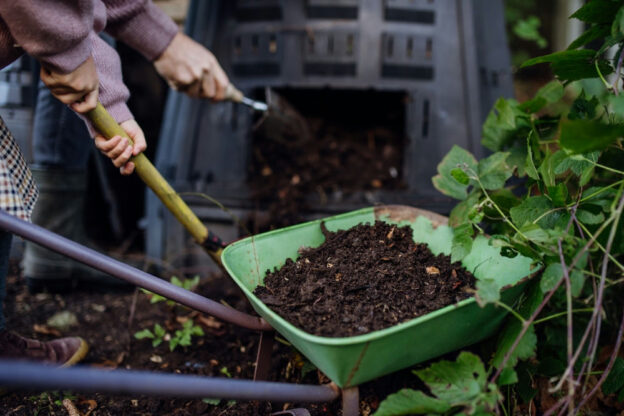Learn > How To
Marvellous Mulch

Marvellous Mulch
G’day green thumbs! Today we’re diving into the wonderful world of mulching. Mulching isn’t just
a gardening practice—it’s a game-changer for your veggie garden that works miracles in
multiple ways. Whether you’re a seasoned gardener or just starting out, understanding how to
effectively use mulch can elevate your gardening game and lead to healthier, more vibrant
plants. Let’s break it down and discover why mulch should be a big string in your gardening bow
What is Mulch?
Simply put, mulch is a layer of material applied to the surface of your soil. It can be organic—
such as straw, leaves, wood chips, or grass clippings—or inorganic like rocks or plastic. For
veggie gardens, mulches made from organic materials are your best bet because they
decompose over time, improving soil structure and health.
Benefits of Mulching
Moisture Retention: Mulch reduces water evaporation from the soil, which means you’ll need to
water less frequently, saving time and conserving water.
Weed Suppression: A thick layer of mulch can block light from reaching weed seeds. No light,
no weed growth!
Temperature Control: Mulch acts as an insulator, keeping the soil cool during hot days and
warm during cooler periods. This creates a more stable environment for plant roots and your soil
microbes
Nutrient Boost: As organic mulches decompose, they add valuable nutrients back into the soil,
feeding your veggies naturally.

Choosing the Right Mulch
For vegetable gardens, your mulch should be something that breaks down relatively quickly,
enriching the soil with organic matter. Here are a few excellent options:
Straw: It’s cheap, easy to spread, and breaks down within a season, making it ideal for annual
veggie gardens.
Leaf Mould: Collected in autumn and rotted down, leaf mould is a fantastic mulch for retaining
moisture and adding nutrients.
Grass Clippings: Not the top pick, but something a lot of people have access to. You have to be
careful using lawn clippings, making sure that you only use a very thin layer, just enough to
cover the soil, as it can form a water repellant mat and stop water from reaching your soil!
Applying Mulch in Your Garden
- Timing: Mid Spring is a perfect time to mulch, helping to protect the soil from the sun once
things start to heat up. Mulching again in autumn can protect and feed the soil while
suppressing weeds during the cooler months - Application: Spread a layer of mulch around your plants and between rows. Aim for a
thickness of about 5-10cm. Be sure not to pile mulch against plant stems to avoid rot. - Renewal: Mulch will break down through the year so top it up throughout the growing season
to keep it effective and maintain desired thickness.
Additional Tips
- Be mindful of slugs and snails which can thrive under mulch if conditions are too moist. Using
coarser mulch can help deter these pests. - Combine mulching with other organic practices like composting to maximise your veggie
garden’s health and vitality.
Wrapping It Up!
Mulching is a powerful, yet simple technique to enhance the health and productivity of your
vegetable garden. It conserves water, suppresses weeds, regulates soil temperature, and
enriches the soil—all of which can lead to more robust plant growth and bountiful harvests. So
why wait? Grab that mulch and treat your garden to a spa day—it deserves it!
Here’s to happy plants and happier planters! Keep spreading those mulchy layers and watch
your garden thrive. Happy gardening, everyone!



